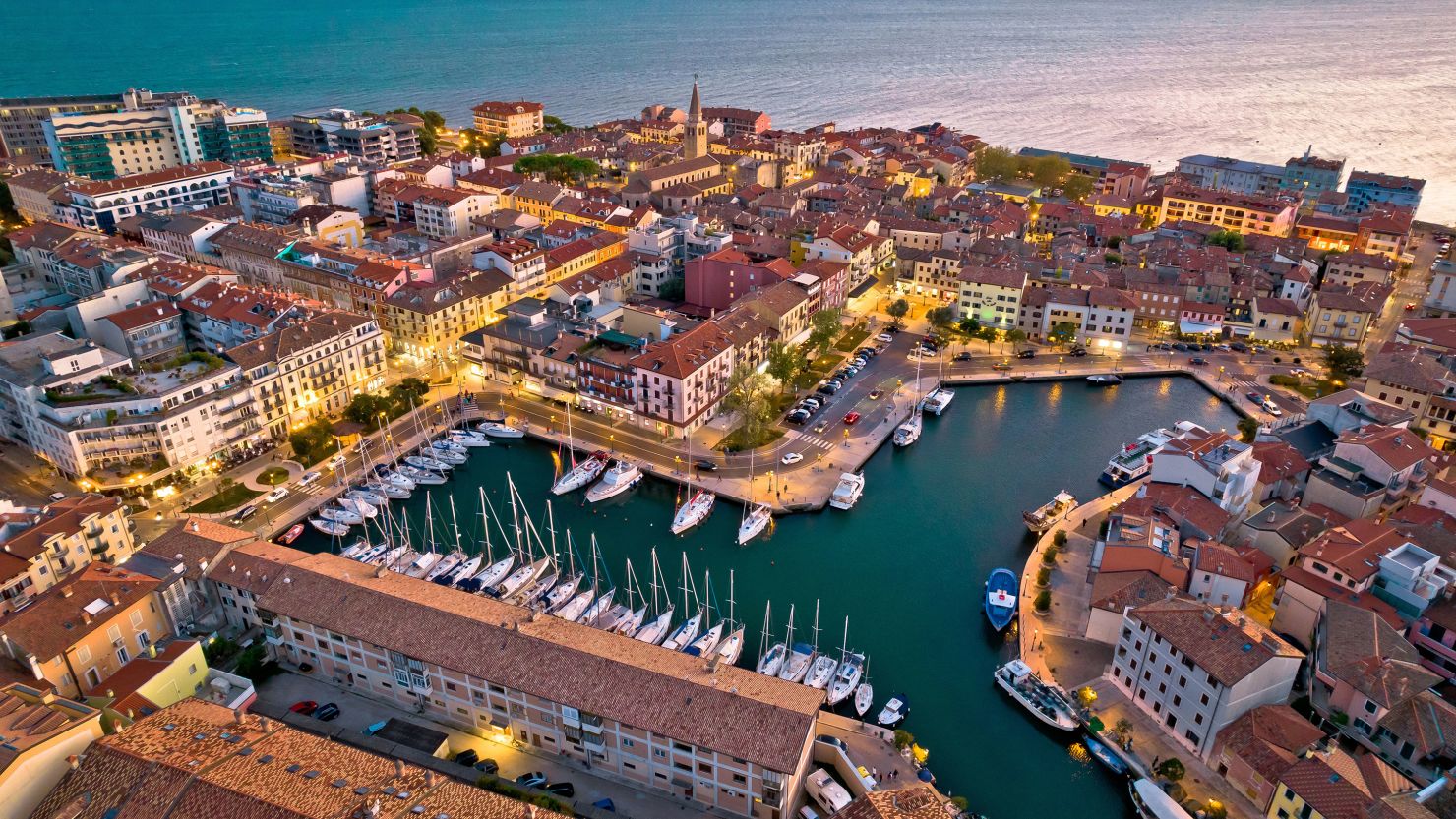Editor’s Note: Sign up to CNN Travel’s free nine-part Unlocking Italy newsletter for insider intel on Italy’s best loved destinations and lesser-known regions to plan your ultimate trip. Plus, we’ll get you in the mood before you go with movie suggestions, reading lists and recipes from Stanley Tucci.
There are Italian villages that sell houses for the price of a cup of coffee, places that pay you to move there – and now there’s a region that will pay you just to visit.
Friuli Venezia Giulia, in the far northeast of the country, will reimburse visitors’ journeys if they travel by train from anywhere in Italy. If that’s not enough to make you hop onboard, the region will also give you a card that gains free entry to museums, free public transport, and discounts elsewhere.
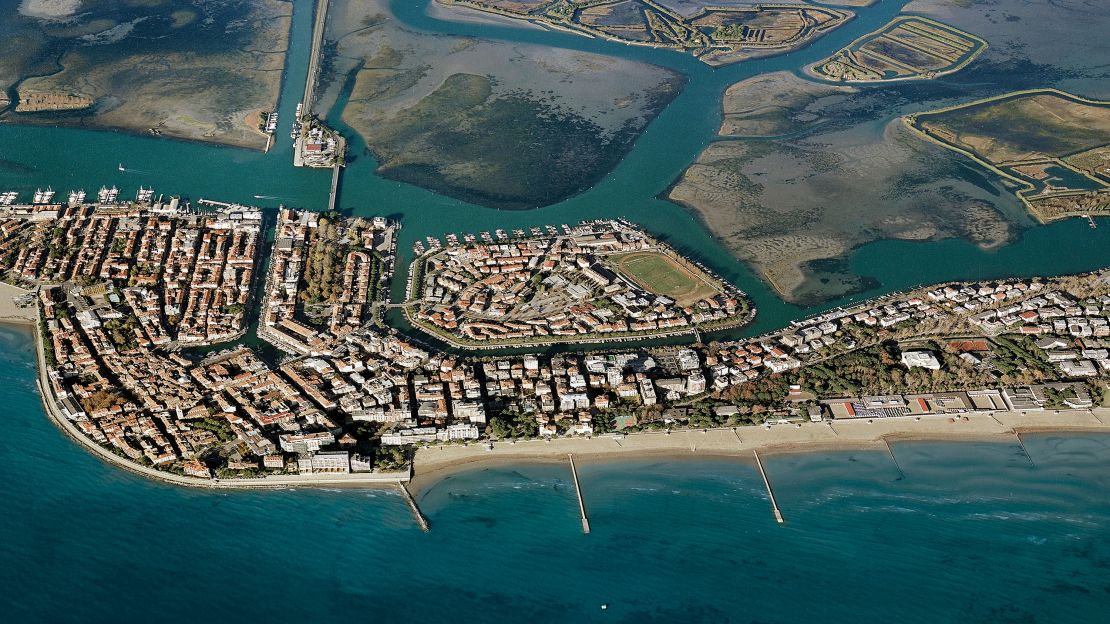
The only catch? You must stay at least two nights. But that’s no great sacrifice in this region, where you’ll find ancient cities of art, mountains, miles and miles of wine country, and some of Italy’s best beaches.
Starting from today and running until May 31 2023, PromoTurismoFVG – the local tourist board – will refund the domestic train fares of travelers arriving in cities Trieste and Udine, and at the coastal resorts of Grado and Lignano Sabbiadore, in a bid to promote sustainable travel.
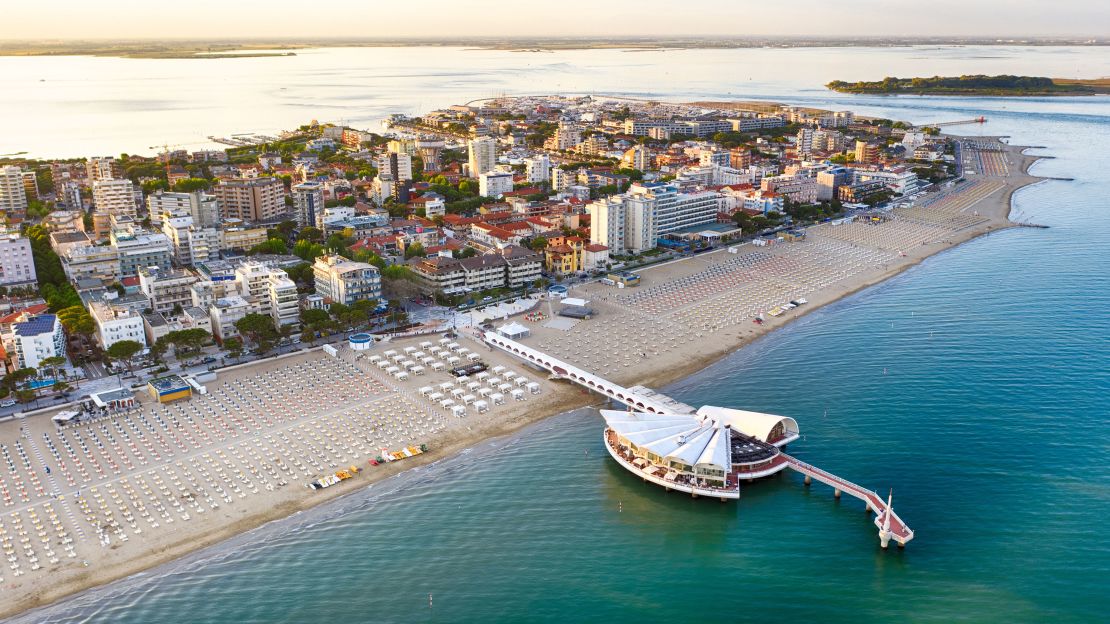
Visitors may travel on state-run Trenitalia trains, from the regular regional lines to Intercity and the high-speed Frecce lines. You must book a package, including accommodation at a hotel taking part in the initiative; when booking a two-night package, the price of the return train ticket will be deducted as a discount from the total. Guests will also be given a free FVGcard, which gives free and discounted entry for museums and guided tours.
So where to go? Trieste is one of the great cities of northern Italy, although it doesn’t always feel like Italy. Annexed by the Austro-Hungarian empire, who made it their main port, it was only returned to Italy after World War I. That means there’s a Viennese-style coffee culture, with whole swathes of the city built by the Austrians – as well as older areas, and even Roman remains.
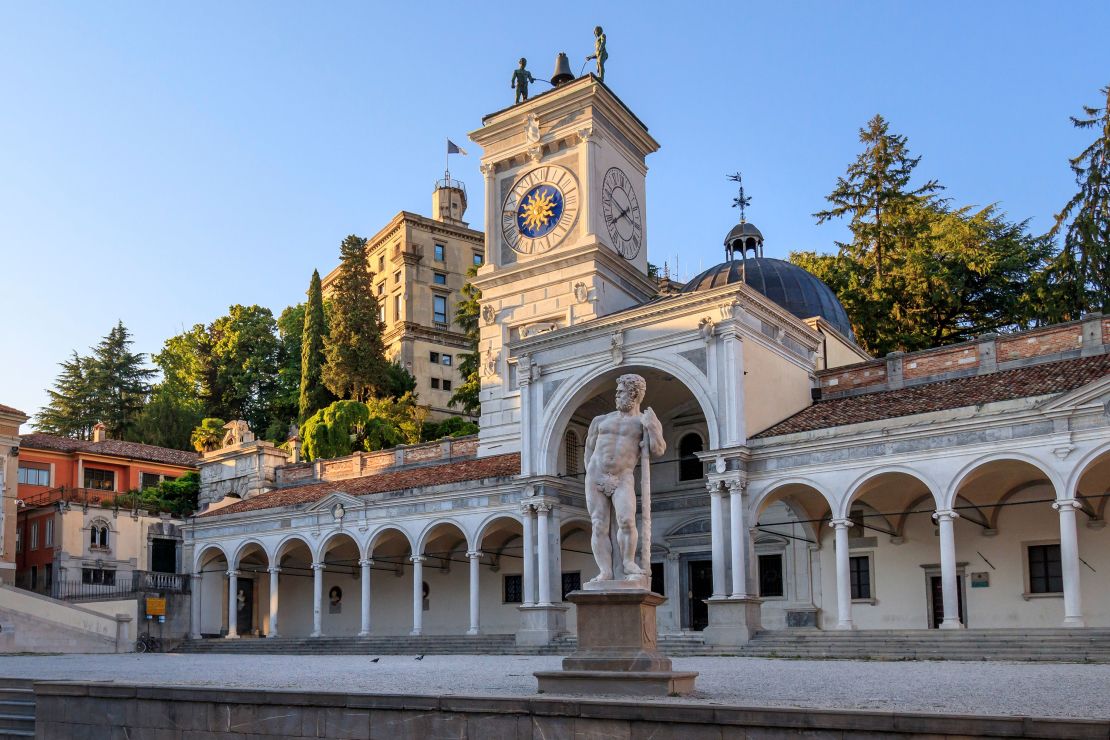
Cross-cultural Udine, once part of the Venetian and then Austrian empires, is the center of the local Friulian culture. It’s a stately city with works by Caravaggio and Tiepolo in its castle-turned-museum, and a cathedral dating back to the 13th century.
Of the two beach destinations, Grado is known as the “mother of Venice,” constructed on islands in a lagoon about 75 miles northeast of La Serenissima. Lignano Sabbiadoro is one of the Adriatic’s top beach resorts, complete with the 1969-designed Terrazza a Mare, a bubble-shaped pier sticking into the sea.
For those traveling to Trieste or Udine, you’ll get a 48-hour FVGcard for two-night stays, or a weeklong one for stays of three or more days. This allows free access to the main museums and guided tours laid on by the tourist board. It also includes discounts for services from pools to theaters, and free or reduced entrance to special exhibitions – like the Banksy show in Trieste running from November to April.
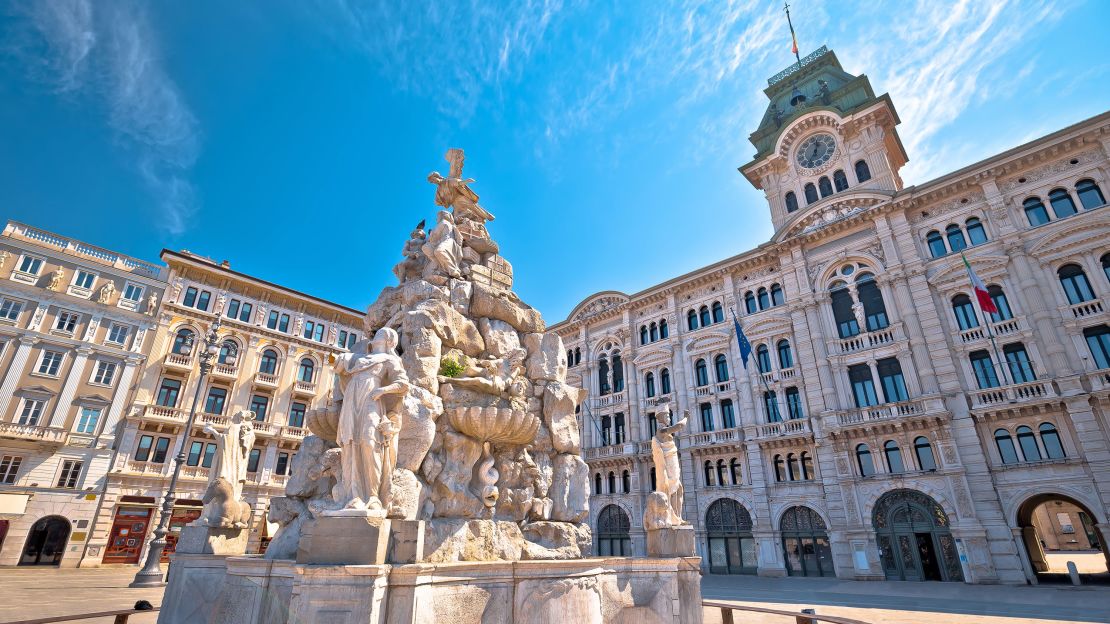
Those choosing to visit the seaside resorts of Grado or Lignano Sabbiadoro will also get a card, though there are fewer museums to tick off beachside.
Just one thing to be aware of – the return tickets must be to and from one of five stations: Latisana-Lignano-Bibione, Cervignano-Aquileia-Grado, Trieste Airport, Trieste Centrale, or Udine. You must also stay in one of the hotels that’s signed up to the initiative and book more than three or five days ahead of travel, depending on the destination. Italian bank holidays are excluded from the offer.
Time to visit? Check out turismofvg.it/trenitalia.
Top image: Grado, one of the destinations taking part in the initiative. Credit: xbrchx/Adobe Stock
Correction: A previous version of this story got the location wrong of a protected Slovenian minority and dual Slovenian and Italian street signs. Both are to be found outside Udine city center, in the former province of Udine, once a part of the Venetian and then Austrian empires.
